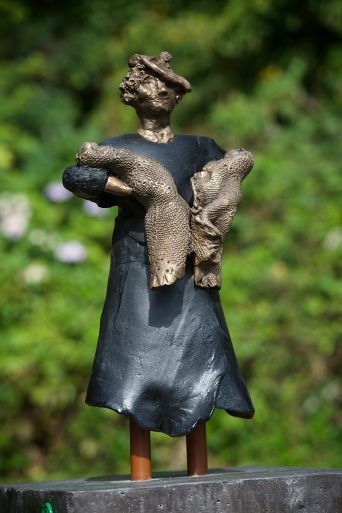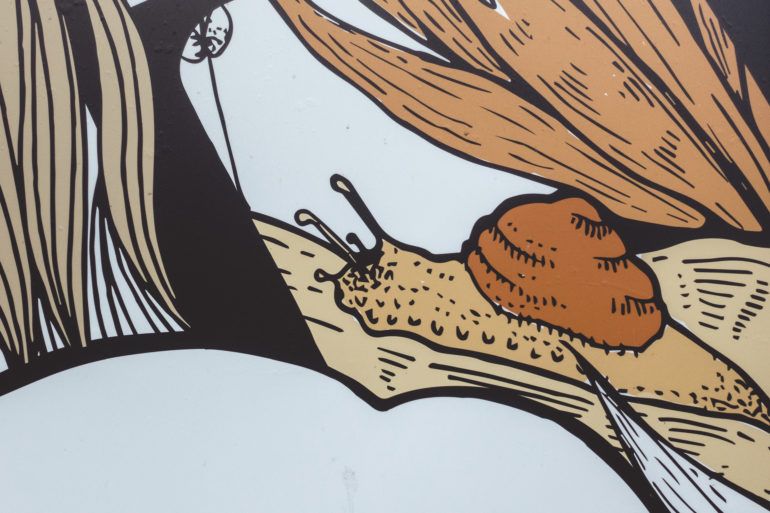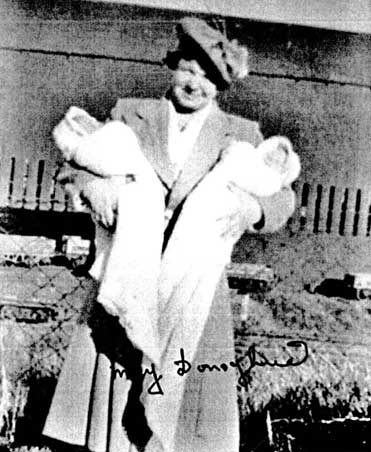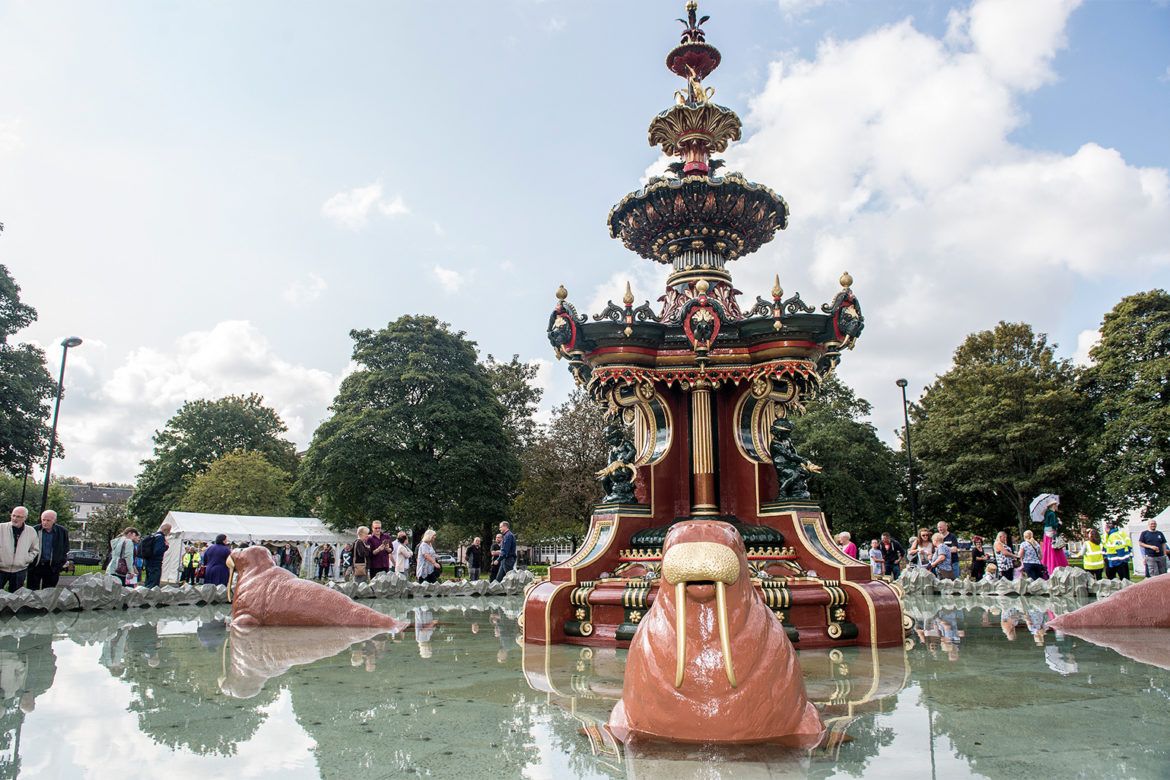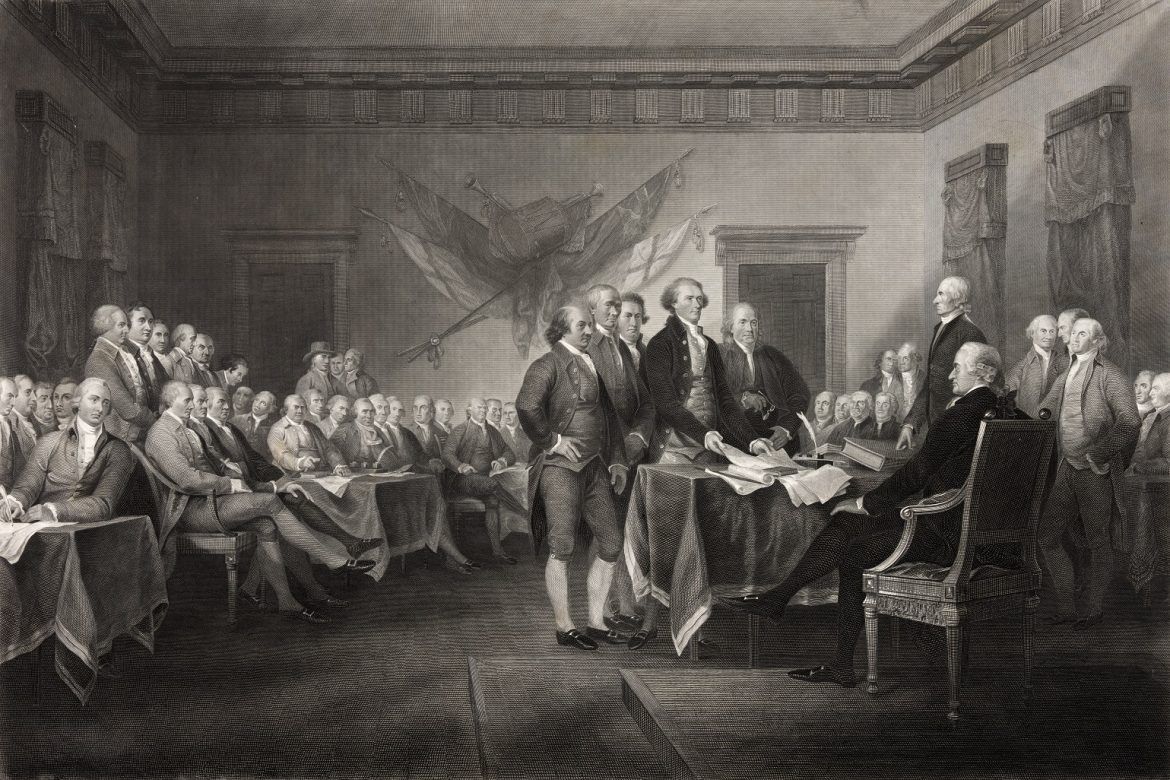Imagine finding a slug in a bottle…
Ever used the phrase ‘Gie’s a slug of your ginger?’ If you grew up in the west of Scotland, chances are that you have – but did you know where the ‘slug in a bottle’ comes from?
This is the story of a landmark legal case that changed the world. And it all begins with two friends ordering drinks.
May Donoghue and a friend had met for an ice-cream at Frankie Minghella’s ‘Tally café’ in Wellmeadow Place, Paisley
May’s friend ordered a ‘pear and ice’ and a ginger beer float. Reaching the bottom of her glass, Mrs Donoghue was horrified to discover a decomposed slug in her drink. She suffered from shock and later had to be treated for gastroenteritis.
May then decided to take action against the café owner. However, Mr Minghella, the owner, was not happy. He insisted that as Mrs Donoghue had not bought the drink herself, he did not owe her a ‘duty of care’. He argued that May had no grounds on which to base her complaint.
In a move which changed everything, Mrs Donoghue decided to sue the manufacturer of the ginger beer instead. This was Paisley drink-maker David Stevenson.
The trial
The case lasted four years. May’s lawyer William Leechman claimed that the slug must have crawled into the bottle when in storage before being filled.
His argument centred on the fact that Stevenson had a ‘duty of care’ to the consumer, even without a direct contract.
The case went all the way to the House of Lords, the highest court in the land, before Mrs Donoghue finally won her battle in 1932.
The outcome
She was awarded £200 in compensation – the equivalent of £7,400 today – and her win was established as a legal case study and used in every court action where a person suffers injury or loss.
Millions of damages actions around the world now regularly begin with the ruling in the Paisley slug case.
And, of course, we now have the expression “Gie’s a slug (drink) ae yer ginger (lemonade)”!
A plaque commemorating this famous story is located at the former site of Minghella’s Café on Wellmeadow Street, Paisley.
A new sculpture from artist Mandy Macintosh dedicated to May Donoghue and her struggle is situated immediately across the street from the plaque.
